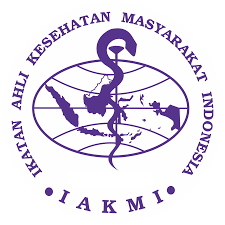Measuring the dengue risk area using Geographic Information System: a review
Abstract
Background: Dengue is a viral infection transmitted by mosquitoes that continue to be a significant health challenge in many tropical and subtropical countries. So far, Geographic Information System (GIS) in the health sector contributed to disease prevention, especially for visualization of the disease case. GIS is one of the important tools in spatial epidemiology to assist identification and spatial analysis of the target disease intervention. This article summarizes the use of GIS to assess risk factors for DHF, and how efficient the use of GIS in facilitating the improvement of disease surveillance systems for the prevention and control of diseases.
Methods: This paper was developed using a descriptive approach, conducted in September and December 2019. The primary data used in this research were from ScienceDirect databased by collecting some studies that assess the risk of dengue using GIS applications.
Results: The results of reviews of research in several countries which use GIS applications in assessing the risk of dengue incidence, ie, in Swat, Pakistan evaluated the impact of the slope, population density, and the distance to the river through GIS applications. Then in Seremban and Putrajaya, Malaysia implemented a participatory approach to identify the spatial risk of dengue in the community. Research in Lahore, Pakistan, analyzed the risk of dengue. Study in Colombia conducted GWR to evaluate the association between socioeconomic factors and the environment with dengue fever incidence. Recently, research in Taiwan integrated GIS to detect the correlation between population density and the possibility of human contact with mosquitoes.
Conclusions: Based on the results of the review, it can be drawn that asses the dengue risk with GIS applications is highly relevant because it can determine the factors which affect the incidence of dengue. Besides, it can determine the spatial correlation between risk factors and the incidence of dengue, as well as to evaluate the impact of the dengue occurrence.










